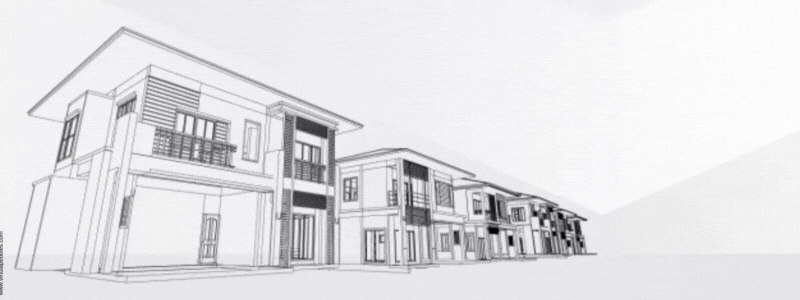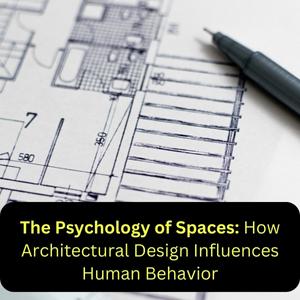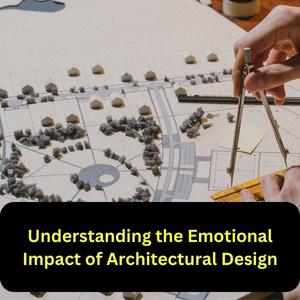Announcement
Get Ready for INDUS CUP 2K26! | Dates: 5–10 January 2026 | Stand a Chance to Win Cash Prizes up to ₹10,00,000!...Read more Get Ready for INDUS CUP 2K26! | Dates: 5–10 January 2026 | Stand a Chance to Win Cash Prizes up to ₹10,00,000!
We are excited to announce the Indus Hackathon 2025, an exhilarating one-day event organized by the CSE Department of Indus University....Read more We are excited to announce the Indus Hackathon 2025, an exhilarating one-day event organized by the CSE Department of Indus University.
26th ISTE Faculty Annual State Convention will be held at Indus University on April 27, 2023....Read more 26th ISTE Faculty Annual State Convention will be held at Indus University on April 27, 2023.
Get Ready for INDUS CUP 2K26! | Dates: 5–10 January 2026 | Stand a Chance to Win Cash Prizes up to ₹10,00,000!...Read more Get Ready for INDUS CUP 2K26! | Dates: 5–10 January 2026 | Stand a Chance to Win Cash Prizes up to ₹10,00,000!
We are excited to announce the Indus Hackathon 2025, an exhilarating one-day event organized by the CSE Department of Indus University....Read more We are excited to announce the Indus Hackathon 2025, an exhilarating one-day event organized by the CSE Department of Indus University.
26th ISTE Faculty Annual State Convention will be held at Indus University on April 27, 2023....Read more 26th ISTE Faculty Annual State Convention will be held at Indus University on April 27, 2023.

One aspect of architecture is creating stunning structures, whereas it is crucial to design areas that influence people's feelings, thoughts, and how they act. The architecture of a structure can significantly affect our emotions and behavior, according to recent neuroscience studies. The psychological consequences of architectural design will also be discussed, along with how architecture may spark your creativity.
Architectural design has a tremendous impact on people's behavior that goes beyond aesthetics. The arrangement of structures and the colors used in interior design can have a significant impact on how people view the space.
Generating a feeling of place is one of the major ways that architectural design influences how people react. People get a sense of connection and belonging when they go into a well-designed area. In common areas like libraries, museums, and community centers, this sense of place can play a significant role.
Color is another way that architectural design can influence behavior among people. Certain colors are known to have unique psychological impacts, which can be exploited by using color in architectural design. Blue, for example, is frequently connected with peace and relaxation, whilst yellow is associated with vigor and optimism.

Effective utilization of space is another crucial aspect of architectural design that can significantly impact people. A sense of openness and freedom may be evoked by open, breezy buildings, whilst a sense of security and containment may be evoked by more closed-off, compartmentalized structures.

The impact of architecture on cognition has been receiving increasing attention in recent years. The architecture of buildings can have a significant impact on how people think and act, according to current neuroscience studies. This has caused a greater emphasis to be placed on the function that architecture can have in fostering cognitive health and well-being.
Utilizing natural light is one of the main ways that architecture may influence cognitive performance. It has been demonstrated that exposure to natural light enhances happiness, productivity, and cognitive performance. As a result, there is an increasing tendency in architectural design for structures that optimize natural light.
Another way that architecture can impact cognitive function is through the use of sound. Buildings that are designed to be acoustically friendly can help to reduce stress & improve cognitive function. This has led to a growing trend in architectural design towards buildings that are designed to minimize noise and promote quiet.
Sound is another way that architecture can influence cognitive function. Acoustically friendly architecture can aid in alleviating stress and improving mental function. As a result, there is an increasing tendency in architectural design towards structures that avoid noise and promote silence.
Architecture has always been a part of human civilization. Architectural structures have evolved, from ancient pyramids to current skyscrapers. Today, architecture not only serves a structure's functional purposes, but it also has a huge emotional impact on human conduct. Neuroscience studies have revealed a substantial link between building design & human emotions.
A building's architecture can have an impact on how a person feels and acts. Stress or unhappiness might be brought on by an environment that is gloomy, stuffy, or noisy. However, a well-designed space can encourage calm and productivity among its occupants. Architects should consider how their creations may affect viewers emotionally.

Architectural design can affect emotions. Colors, textures, and shapes matter. Warm colors create energy, and cool colors create calm. Curves and smooth lines bring comfort, and sharp edges bring tension.
The arrangement of the furniture, the lighting, and the decorations can also have an emotional effect on someone. A well-lit workspace, for instance, can boost output and creativity, but a dimly lit one can cause eye strain and weariness. Similar to how furniture placement can impact a person's perception of privacy and comfort.

There are several possibilities if you want to pursue a career in architecture. One of the best architecture institutes in India offers B.Architecture courses and architecture degrees. The top architecture schools in India provide a thorough education that addresses the technical, artistic, & psychological facets of architectural design.
An architecture course can help you improve your talents in design, planning, and building. You can also learn to design useful and aesthetically beautiful structures that address people's emotional requirements and learn how to use the most up-to-date tools and technology to produce new designs.
Pursuing a bachelor of architecture degree can open a variety of professional prospects in the field. You can work as an architect, interior designer, or urban planner and can also work in construction or academia.
The design of buildings can have a profound impact on human behavior, shaping the way people think, feel, and behave. Pursuing a career in architecture can help individuals create structures that promote cognitive health and well-being. Top architecture colleges in India offer excellent B.Arch courses that can prepare graduates for this important work.
Neuroscience research has established a strong connection between architectural design and human emotions. Therefore, architects must consider the emotional impact of their design on individuals.